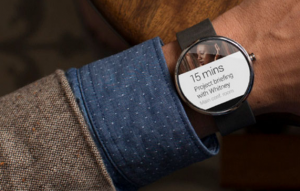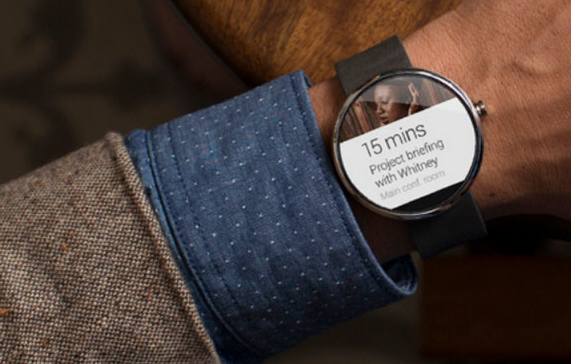
The article represents different aspects of developing apps for wearable devices including some of the UI/programming best practices.
Given the fact that wearable devices has become talk of the town including recent announcement by Google in relation with Android wear project, it would be interesting to understand some of the following in order to innovate apps for wearable devices:
- What are different kinds of wearable devices?
- What are different categories of apps that may fit the wearable devices?
- What are the UI best practices to develop apps for wearable devices?
- What does it take from programming perspectives?
Different kinds of wearable devices?
Following are some of the different kinds of wearable devices:
- Glasses (for example, Google Glass): With glasses, the message reaches the user right in front of his eyes. And then, users could also capture information using his glasses based on a set of messages he speaks starting with “Ok Glass”. For example, with google glasses, one says, “OK Google! Take a Picture”. And that’s it. The picture is taken and sent back to the google glassware application. If you are interested to know more about Google glass, we recommend you to check our Google Glass page. Take a look at a sample picture below:

- Watches (for example, Moto 360 watches): Watches are another set of wearable devices which, in addition to show us the time, are ready to feed us with information from internet such as news etc, notify us about our calendar invites and, allow us to do several things such as ordering pizza, booking a place in my favorite restaurant. Take a look at the sample picture below:

Different categories of apps that may fit the wearable devices?
Following are some of the use cases which may fit the wearable devices:
- Quick messaging (remember pager days; They are back!). These are more suitable for watches than glasses such as Google Glass.
- Personal notifications such as health remainders, calendar (meeting) invites etc.
- Weather information such as temperature etc.
- News Headlines (Mainly, suitable for watches)
- Voice-initiated apps such as search (applies to both glass and watches), or taking notes etc with instruction starting with message such as “Ok, Google!”…
- Wearable devices may also act as Remote control; Primarily suited for watches
- Send data between mobile phone and the wearable device
- Gather sensor data and display on the wearable device
Design & development best practices to develop apps for wearable devices?
UI Practices: Following are some of the best practices around UI design for wearable devices:
- Design interfaces which are simple, distinct, clear & quick to navigation
- Consider using appropriate font type and size as one of the challenge is the visibility on the wearable devices and user attention span. The information should be glanceable.
- Design with the consideration that text input is NOT needed; Try and use buttons, dials, or voice for users to select one or more options and navigate/access the information.
- Keep the users’ comfort in mind while doing the design. This is of utmost important given the size of the wearable devices.
Programming Practices:
You could find several design principles on the android wear page that makes a mention of some of the following aspect of design:
- Pages
- Notifications
- Voice Replies
- Actions
- Images
How to write programs for these wearable devices?
There can be a separate article which could be written on this topic. However, following is a brief on what would it take from programming perspective:
- Watches: For wearable devices such as watches, Google already announced yesterday regarding bringing Android to wearable devices which would help you to customize notifications and other aspects of information that could be displayed on the watches. You may want to keep a tab on Android Wear page for regular updates. What you would need to know is Android programming and how to work with Android Wear SDK which shall be coming soon.
- Glasses: The key to development of apps for Google glasses are “Glasswares“. Glassware are custom applications which intercepts data from Google glass and processes it appropriately. Check the Google Glass page for developers to get started with developing apps for Google glass.
[adsenseyu1]
- Mathematics Topics for Machine Learning Beginners - July 6, 2025
- Questions to Ask When Thinking Like a Product Leader - July 3, 2025
- Three Approaches to Creating AI Agents: Code Examples - June 27, 2025
I found it very helpful. However the differences are not too understandable for me